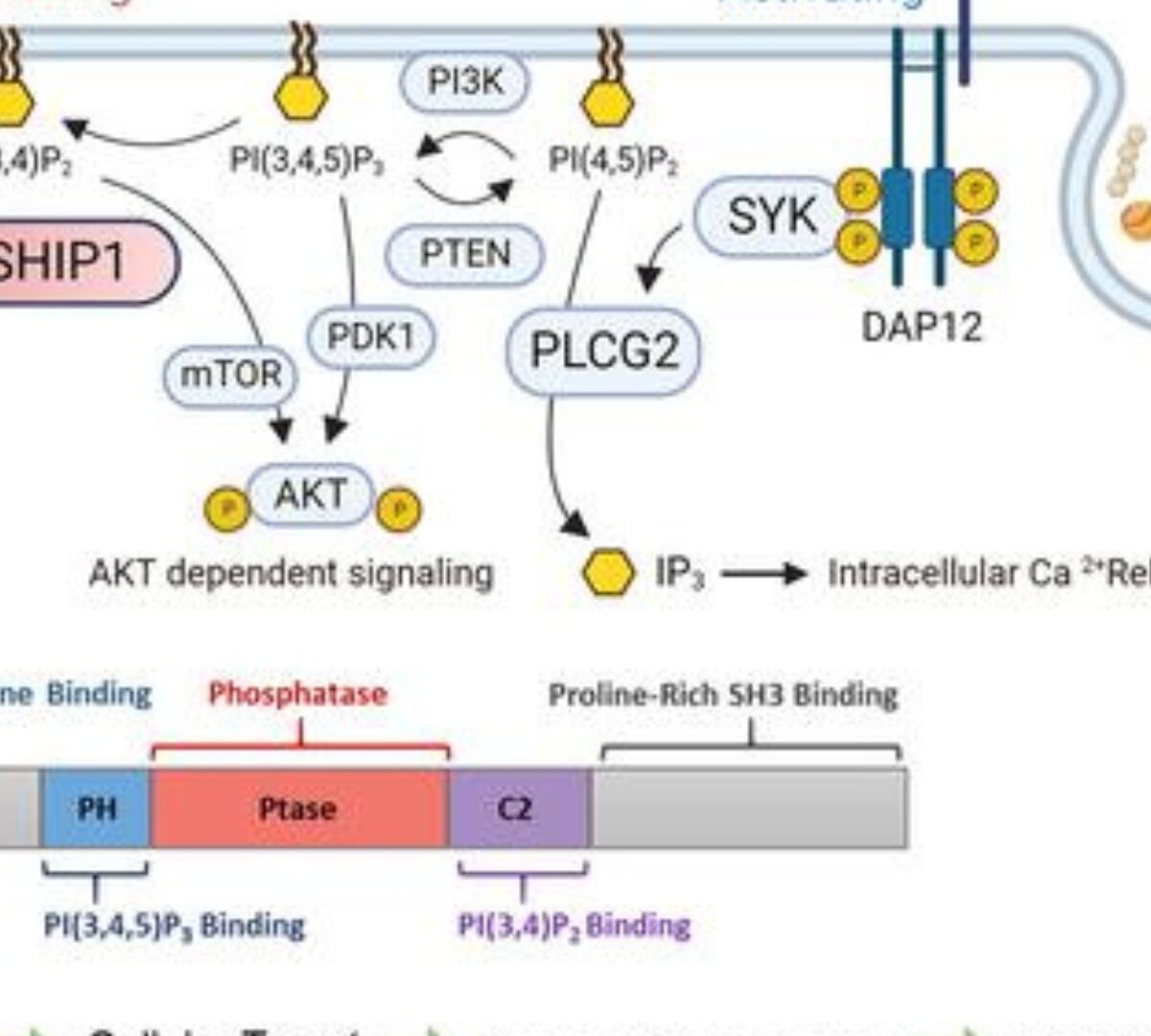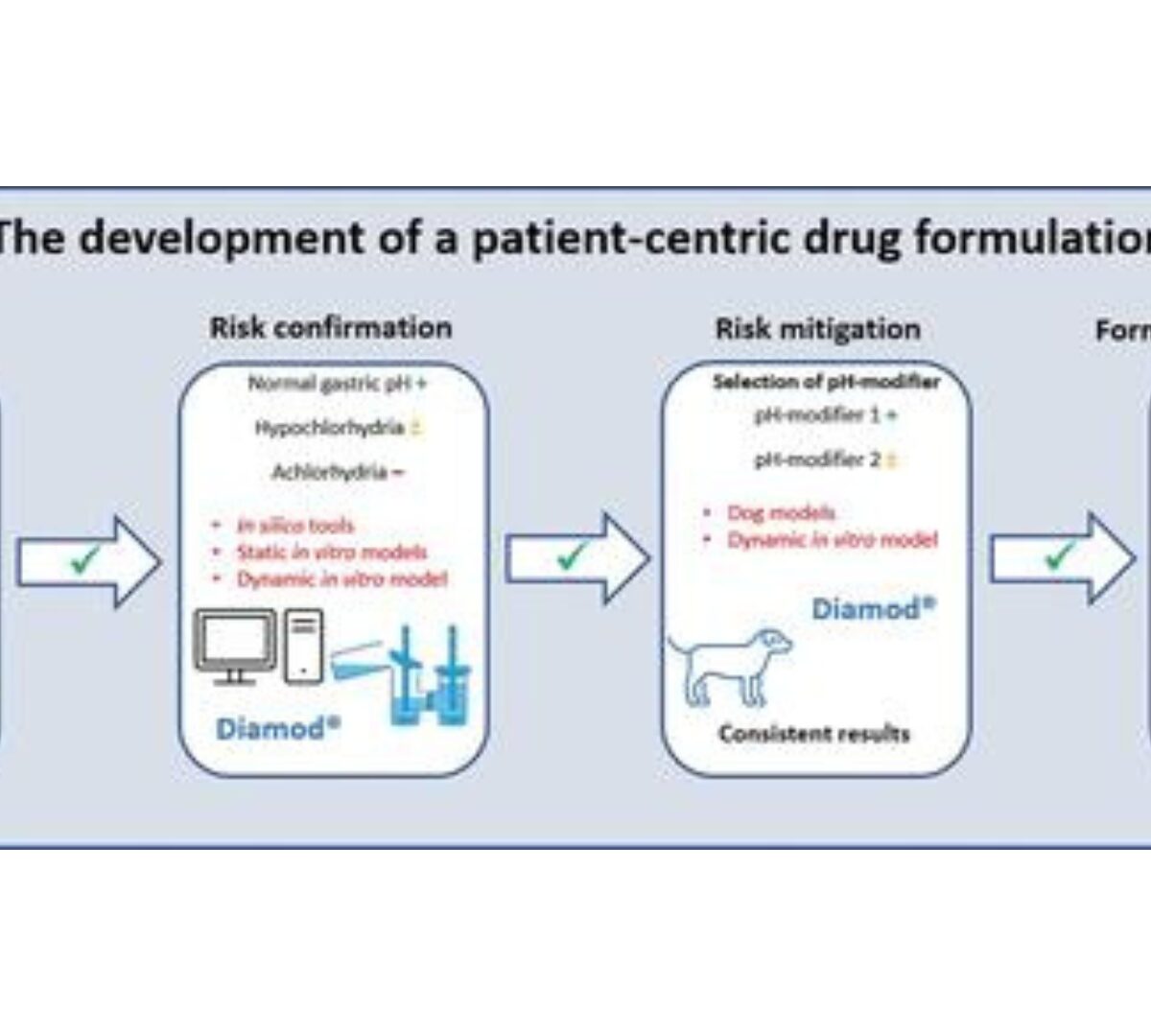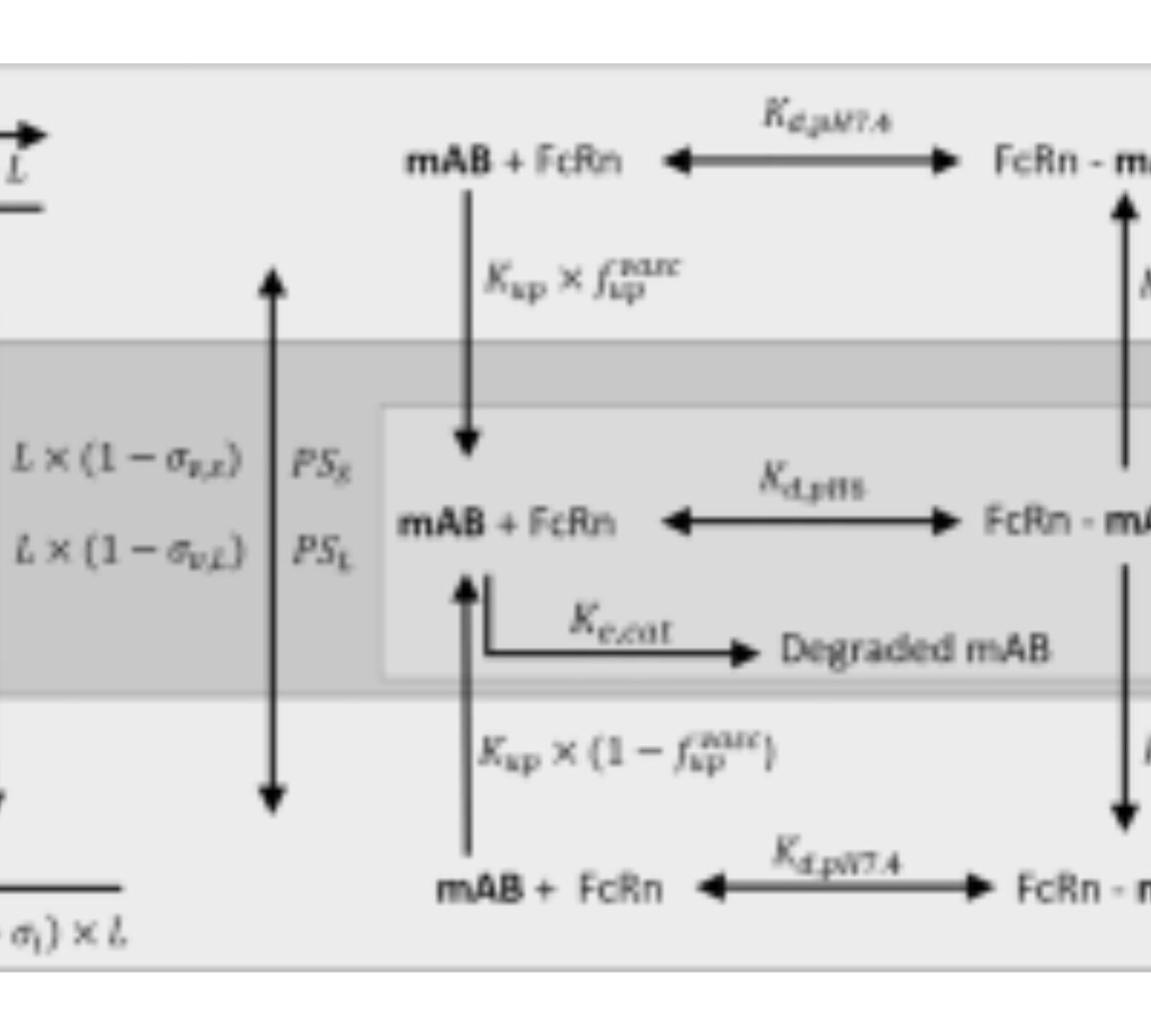This study aimed to develop a physiologically based pharmacokinetic (PBPK) model that simulates metabolically cleared compounds’ pharmacokinetics (PK) in pregnant subjects and fetuses.

Pharmacokinetic model of human exposure to ciprofloxacin through consumption of fish
Fluoroquinolones are broad-spectrum antibiotics that accumulate in the environment.

Use of the Same Model or Modeling Strategy Across Multiple Submissions: Focus on Complex Drug Products
Evidence shows that there is an increasing use of modeling and simulation to support product development and approval for complex generic drug products in the USA, which includes the use of mechanistic modeling and model-integrated evidence (MIE).

An Integrated Computational Approaches for Designing of Potential Piperidine based Inhibitors of Alzheimer Disease by Targeting Cholinesterase and Monoamine Oxidases Isoenzymes
The study aimed to evaluate the potential of piperidine-based 2H chromen-2-one derivatives against targeted enzymes, i.e., cholinesterase’s and monoamine oxidase enzymes.

Oligoadenylate Synthetases 1 Enhances DNA Sensor Cgas Translation to Mediate Antiviral Activity
Oligoadenylate synthetases (OAS) are a family of interferon (IFN)-stimulated genes known to inhibit viral replication through the enzymatic synthesis of 2'-5' oligoadenylates and activation of Ribonuclease L.

Prediction of pharmacokinetics of an anaplastic lymphoma kinase inhibitor in rat and monkey: application of physiologically based pharmacokinetic model as an alternative tool to minimise animal studies
The pharmacokinetic (PK) and toxicokinetic profile of a drug from its preclinical evaluation helps the researcher determine whether the drug should be tested in humans based on its safety and toxicity.

Novel application of PBBM to justify impact of faster dissolution on safety and pharmacokinetics – a case study and utility in regulatory justifications
Physiologically based biopharmaceutics modelling (PBBM) was recognised as potential approach for biopharmaceutics applications.

The Complexity of Bariatric Patient’s Pharmacotherapy: Sildenafil Biopharmaceutics and Pharmacokinetics before vs. after Gastric Sleeve/Bypass
Postbariatric altered gastrointestinal (GI) anatomy/physiology may significantly harm oral drug absorption and overall bioavailability.

DNDI-6174 is a preclinical candidate for visceral leishmaniasis that targets the cytochrome bc
New drugs for visceral leishmaniasis that are safe, low cost, and adapted to the field are urgently required.

Evaluating the Role of N-Acetyl-L-Tryptophan in the Aβ 1-42-Induced Neuroinflammation and Cognitive Decline in Alzheimer’s Disease
Alzheimer’s disease (https://www.simulations-plus.com/wp-admin/post.php?post=35654&action=editAD), a neurodegenerative condition previously known to affect the older population, is also now seen in younger individuals.

Physiologically Based Pharmacokinetic Modeling in Neonates: Current Status and Future Perspectives
Rational drug use in special populations is a clinical problem that doctors and pharma-cists must consider seriously.

Log D7.4 and plasma protein binding of synthetic cannabinoid receptor agonists and a comparison of experimental and predicted lipophilicity
The emergence of new synthetic cannabinoid receptor agonists (SCRAs) onto the illicit drugs market continues to cause harm, and the overall availability of physicochemical and pharmacokinetic data for new psychoactive substances is lacking.

Role of Physiologically Based Biopharmaceutics Modeling (PBBM) in Fed Bioequivalence Study Waivers: Regulatory Outlook, Case Studies and Future Perspectives
Over the past few decades, physiologically based biopharmaceutics modeling (PBBM) has demonstrated its utility in both new drug and generic product development.

In silico prediction of bioequivalence of atorvastatin tablets based on GastroPlus™ software
The prediction of intestinal absorption of various drugs based on computer simulations has been a reality.

Cross species extrapolation of the disruption of thyroid hormone synthesis by oxyfluorfen using in vitro data, physiologically based pharmacokinetic (PBPK), and thyroid hormone kinetics models
The thyroid hormones play key roles in physiological processes such as regulation of the metabolic and cardiac systems as well as the development of the brain and surrounding sympathetic nervous system.

SHIP1 therapeutic target enablement: Identification and evaluation of inhibitors for the treatment of late-onset Alzheimer’s disease
The risk of developing Alzheimer's disease is associated with genes involved in microglial function.

Predicting the pharmacokinetics and pharmacodynamics of antisense oligonucleotides: an overview of various approaches and opportunities for PBPK/PD modelling
Advances in research and development (R&D) have enabled many approvals of antisense oligonucleotides (ASOs). Its administration expanded from systemic to local for treating various diseases, where predicting target tissue exposures and pharmacokinetics (PK) and pharmacodynamics (PD) in human can be critical.

Physiologically Based Pharmacokinetic modelling of drugs in pregnancy: A mini-review on availability and limitations
Physiologically based pharmacokinetic (PBPK) modelling in pregnancy is a relatively new approach that is increasingly being used to assess drug systemic exposure in pregnant women to potentially inform dosing adjustments.

Contribution of the Dynamic Intestinal Absorption Model (Diamod) to the Development of a Patient-Centric Drug Formulation
Compound X is a weak basic drug targeting the early stages of Parkinson’s disease, for which a theoretical risk assessment has indicated that elevated gastric pH conditions could potentially result in reduced plasma concentrations.

Comparison of Monoclonal Antibody Disposition Predictions Using Different Physiologically Based Pharmacokinetic Modelling Platforms
Physiologically based pharmacokinetic (PBPK) models can be used to leverage physiological and in vitro data to predict monoclonal antibody (mAb) concentrations in serum and tissues.

